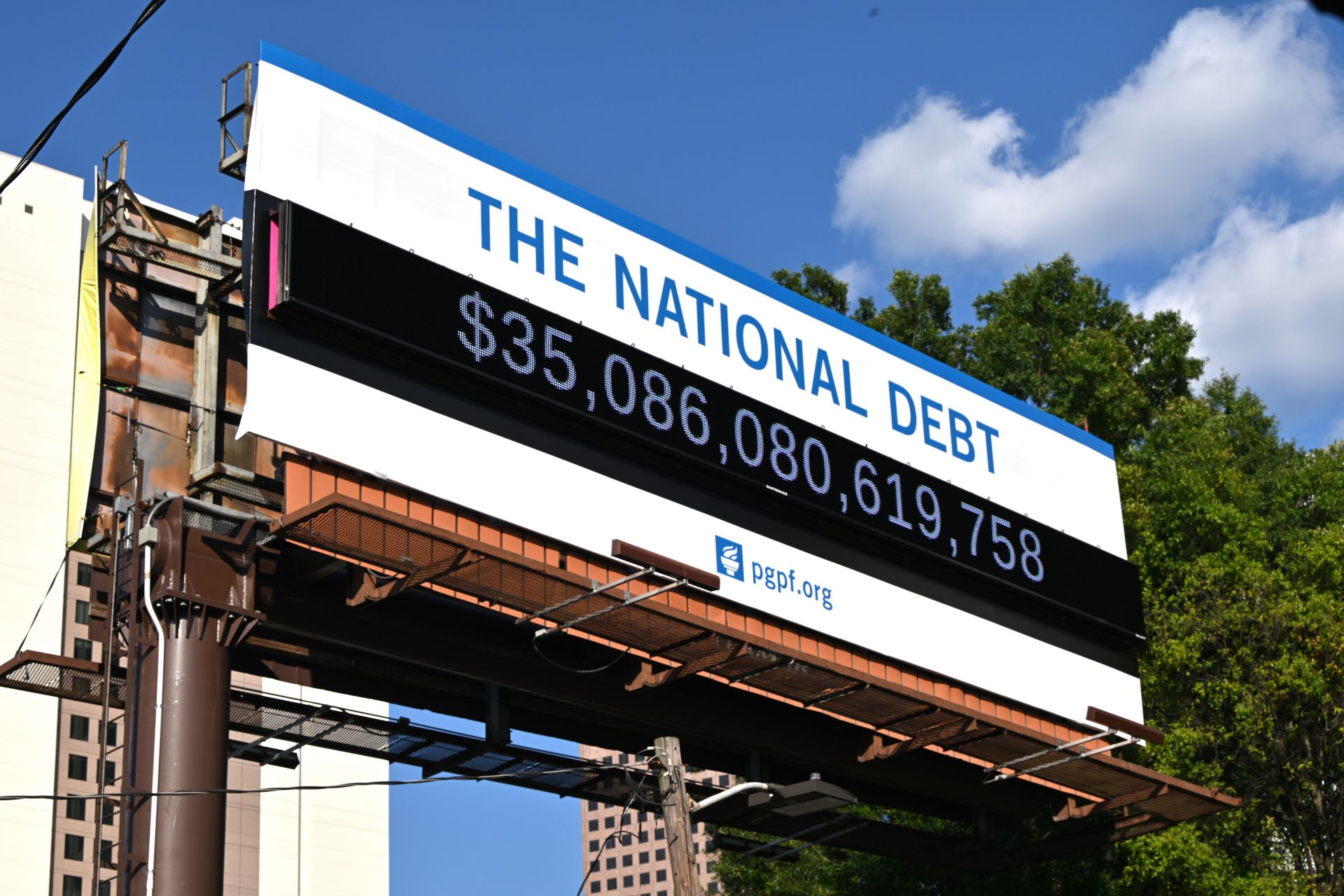Did you know Trump added trillions of dollars to America's national debt?
In January 2024, the non-profit public policy organization, the Committee for a Responsible Budget, released the findings of a report that discovered that former president Donald Trump added trillions of dollars to the national debt of the United States while serving in office.
The Committee for a Responsible Budget is a nonpartisan watchdog organization based in Washington that’s committed to educating the public on the country’s fiscal policies according to its website. The group provides analysis on all money matters pertaining to the government.
Why the financial watchdog organization decided to measure the total amount of money that Trump added to the national debt stemmed from comments made by Florida Governor Ron DeSantis and South Carolina Governor Nikki Haley during one of the Republican primary debates in 2023.
Both Haley and DeSantis claimed Trump added roughly $8 trillion dollars to the national debt, a number the Committee for a Responsible Budget reported was true after it broke down the cost of Trump’s policies with interest added.
The Committee for a Responsible Budget projected that the ten-year cost of every piece of legislation and executive action signed into law by Trump during his time in office was between $7.8 and $8.4 trillion depending on how it was measured.
The financial watchdog group noted that there were two ways in which Trump’s policies and their impact on the national debt could be calculated, though it coincidentally added up to roughly $8 trillion dollars.
First, the amount Trump added to the national debt can be calculated by measuring the amount of money he borrowed while in office. So, over the former president’s four-year term, the debt rose from $19.92 trillion to $27.27 trillion.
Trump’s four years as president would mean the national debt increased by $7.8 trillion. However, the Committee for a Responsible Budget noted most of the policies that led to the increase were put in place before Trump entered office.
A better way to measure the former president’s impact on the national debt is to look at the ten-year impact of the laws and executive actions that Trump signed while in office according to the committee because it's more accurate.
“On net, almost all of the $8.4 trillion in ten-year debt approved by Trump came in the form of legislation, with costly executive actions largely offset by a unilateral expansion of tariffs,” the Committee for a Responsible Budget wrote.
“It included $8.8 trillion of net increases in the debt and $445 billion of net reductions. $7.3 trillion represents an increase in primary deficits, and $1 trillion comes from interest costs,” the financial watchdog group continued.
$3.6 trillion dollars of the extra debt the former president added came from the pandemic relief laws and executive orders he signed while in office. $2.5 trillion was a result of the Trump tax cuts and $2.3 came from spending increases.
Trump did enact some deficit reduction policies. The largest were his tariff levies, which the Committee for a Responsible Budget projected will bring in roughly $445 billion over ten years. But Trump's reductions were a far cry from the promises he made to voters.
The former president made a lot of bold claims about his ability to cut the national debt and right the country’s financial problems. In 2016, Trump promised to cut "waste, fraud, and abuse" during a debt crisis according to MSNBC News.
However, Trump’s promised fiscal responsibility never materialized. The Committee for a Responsible Budget noted the former president was projected to add $3 trillion to the national debt but Trump’s term in office doubled that number.
The former president’s response to Covid-19 certainly played a role. However, it should be noted that Trump really didn’t pursue any major cost-cutting spending or measures that would have made a serious difference in the national debt.
As of January 28th, 2024, the US national debt stood at just over $34 trillion dollars according to the Treasury Department. The Peter G. Peterson Foundation noted that each citizen would need to pay roughly $100,000 to pay off the debt.
Since the Committee for a Responsible Budget's report on Trump came out in January, the national debt has continued to rise and pushed past $35 trillion on July 29th, 2024 according to the New York Times.
More for you
Top Stories































